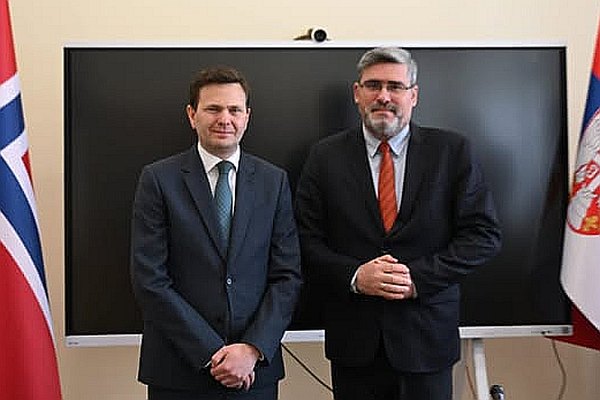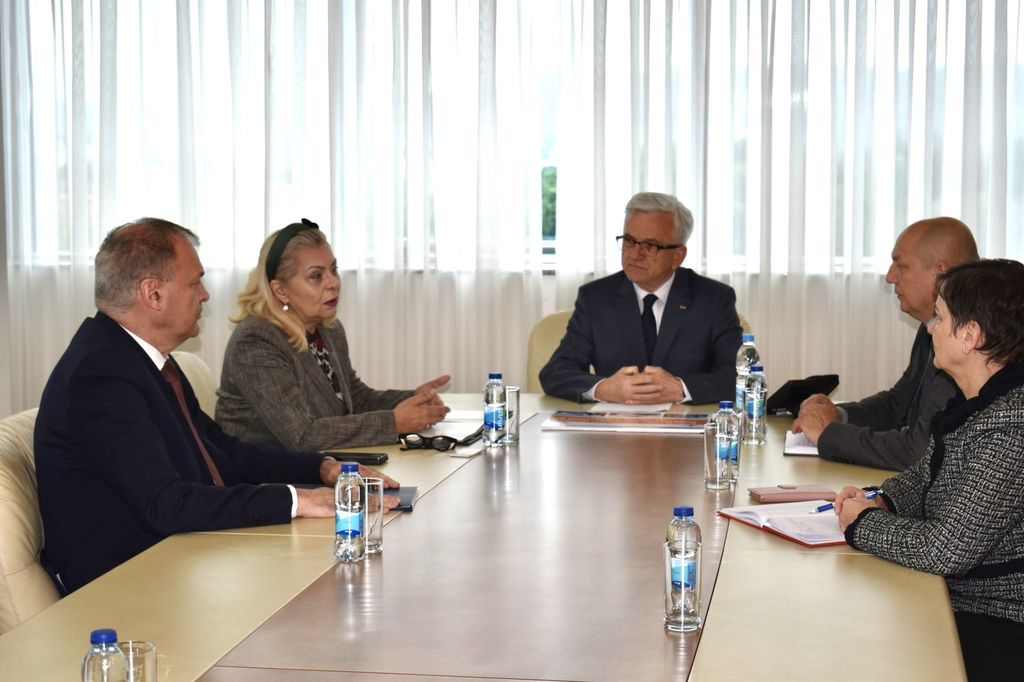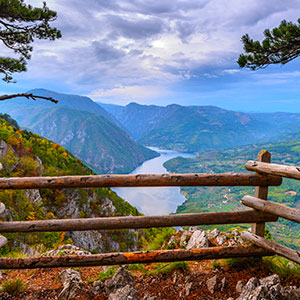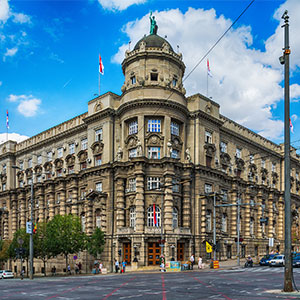Minister of Construction, Transport and Infrastructure Goran Vesic said today that Serbia and Hungary have formed a joint working group that will deal with traffic regulation on the future high-speed railway between Belgrade and Budapest.
- Serbia
Get to know Serbia
- Citizens
Culture and science
Health services
Pension and disability insurance
- Business
Employment
Economy
- Media
- Government
- Contact
Keep in touch
Keepin touch
Whether you have a question, comment, suggestion or any problem in the purview of the government, send us your message and we will try to respond as soon as possible. If your problem is not in our purview, we will forward your message to the relevant institution.
Great importance of traffic connection with Hungary
Vesic, who is on a two-day visit to Budapest, said after the talks with Minister of Construction and Investment of Hungary Janos Lazar, that when this railway is put into operation in 2025, the border crossings will be at the railway stations themselves, so that trains do not stop.
Vesic added that he also discussed the construction of a high-speed road between Backi Breg and Nakovo with his Hungarian colleague.
He said that this year a contract will be signed for the construction of the aforementioned road, which will completely change the Backi Breg border crossing, explaining that the Hungarian side will do additional works on the infrastructure and that the crossing will be much larger.
Once the high-speed road is completed, that crossing will not be less burdened than Horgos, Vesic stated, adding that joint reconstruction of the Backi Breg crossing will begin very soon, since the project was completed in January.
He explained that Serbia and Hungary will send invitations to Bulgaria, North Macedonia, Albania, Greece and Turkey to join the construction of a high-speed railway, which will first connect Budapest and Belgrade, and later Nis, Presevo and the border with North Macedonia.
Janos stated that Hungary is interested in the continuation of the high-speed railway south of Belgrade, in three directions, through Bulgaria in the direction of Turkey and through North Macedonia in the direction of Greece, i.e. to Albania, to expand the network of high-speed railways and thus to transport goods significantly easier by rail to the EU.
-
 Belgrade, 12 May 2025
Belgrade, 12 May 2025Numerous projects implemented through German-Serbian development cooperation
-
 Belgrade, 12 May 2025
Belgrade, 12 May 2025Fruitful cooperation with UNDP on innovation projects
-
 Belgrade, 9 May 2025
Belgrade, 9 May 2025Continued work on improved transport connectivity in region
-
 Belgrade, 9 May 2025
Belgrade, 9 May 2025Day of Victory over Fascism in WWII commemorated
-
 Belgrade, 8 May 2025
Belgrade, 8 May 2025Continued support of Norway to Serbia's European path
-
 Belgrade/Banja Luka, 8 May 2025
Belgrade/Banja Luka, 8 May 2025Serbia, Republika Srpska continue joint work on infrastructure projects
-
 Belgrade, 8 May 2025
Belgrade, 8 May 2025Strengthening partnership with UNICEF in areas of child, family protection
-
 Belgrade, 7 May 2025
Belgrade, 7 May 2025Japan’s support important for future of entrepreneurship in Serbia
-
 Belgrade, 6 May 2025
Belgrade, 6 May 2025Further development of traditional friendship between Serbia, Egypt
-
 Belgrade, 6 May 2025
Belgrade, 6 May 2025Gratitude to Italy for its continued support for Serbia's EU integration







